Cambridgeshire is a county in the East of England, bordering Lincolnshire to the north, Norfolk to the north-east, Suffolk to the east, Essex and Hertfordshire to the south, and Bedfordshire and Northamptonshire to the west. The city of Cambridge is the county town.
Modern Cambridgeshire was formed in 1974 as an amalgamation of the counties of Cambridgeshire and Isle of Ely and Huntingdon and Peterborough, the former covering the historic county of Cambridgeshire (including the Isle of Ely) and the latter covering the historic county of Huntingdonshire and the Soke of Peterborough, historically part of Northamptonshire.
Cambridgeshire is the flattest county in the United Kingdom. It is also the most low-lying with large areas at just above sea-level. Holme Fen is notable for being the UK’s lowest physical point at 2.75 m (9 ft) below sea level. The highest point is in the village of Great Chishill at a mere 146 m (480 ft) above sea level. Much of Fenland exists only because of extensive drainage in the 17th century.

